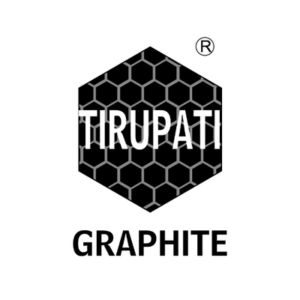Graphite, the most stable form of carbon in its natural crystalline state, appears as an opaque, black substance with a metallic lustre. Composed of carbon atoms arranged in hexagonal layers, it is found in various forms such as crystalline, amorphous, lump, and graphite fibre. Its versatility sees it applied widely in refractories, steel production, batteries, expanded graphite, brake linings, foundry facings, and as a lubricant. Graphite also contains graphene, a component with remarkable physical properties, known for its strength and high conductivity. Extracting graphene from graphite, however, is complex and demands further technological advancements.
Historically, graphite was used in crucibles for molten metal transport, though its role has since evolved. Today, graphite’s primary applications in refractories are in alumina-graphite shapes, carbon-magnesite bricks, and monolithic forms. In steelmaking, natural graphite helps increase carbon content in molten steel, and it can be used to lubricate hot steel extrusion dies. The carbon supply for steelmaking faces stiff competition from alternatives like synthetic graphite powder and petroleum coke.
Graphene technology stands out due to graphene’s unique resistance to chemicals, high electrical conductivity, and minimal light absorption. These characteristics make graphene promising for future applications in artificial hearts, flexible electronic components, and aerospace manufacturing.
In addition to these industrial uses, graphite is essential in zinc-carbon batteries, electric motor brushes, and other specialised fields. Artists value graphite for its varying hardness, which provides diverse tones and qualities. In railway maintenance, graphite mixed with waste or linseed oil creates a heat-resistant coating for locomotive boilers, particularly on areas exposed to high temperatures, such as smokeboxes and firebox bases.
Graphite’s unique structure and properties make it indispensable across multiple industries, from advanced technology to traditional manufacturing and the arts. Its role in producing graphene also hints at exciting possibilities for future innovations.
Tirupati Graphite PLC (LON:TGR) is a fully integrated specialist graphite and graphene producer, with operations in Madagascar and India. The Company is delivering on this strategy by being fully integrated from mine to graphene. Its global multi-location operations include primary mining and processing in Madagascar, hi-tech graphite processing in India to produce specialty graphite, and a state-of-art graphene and technology R&D center to be established in India.


